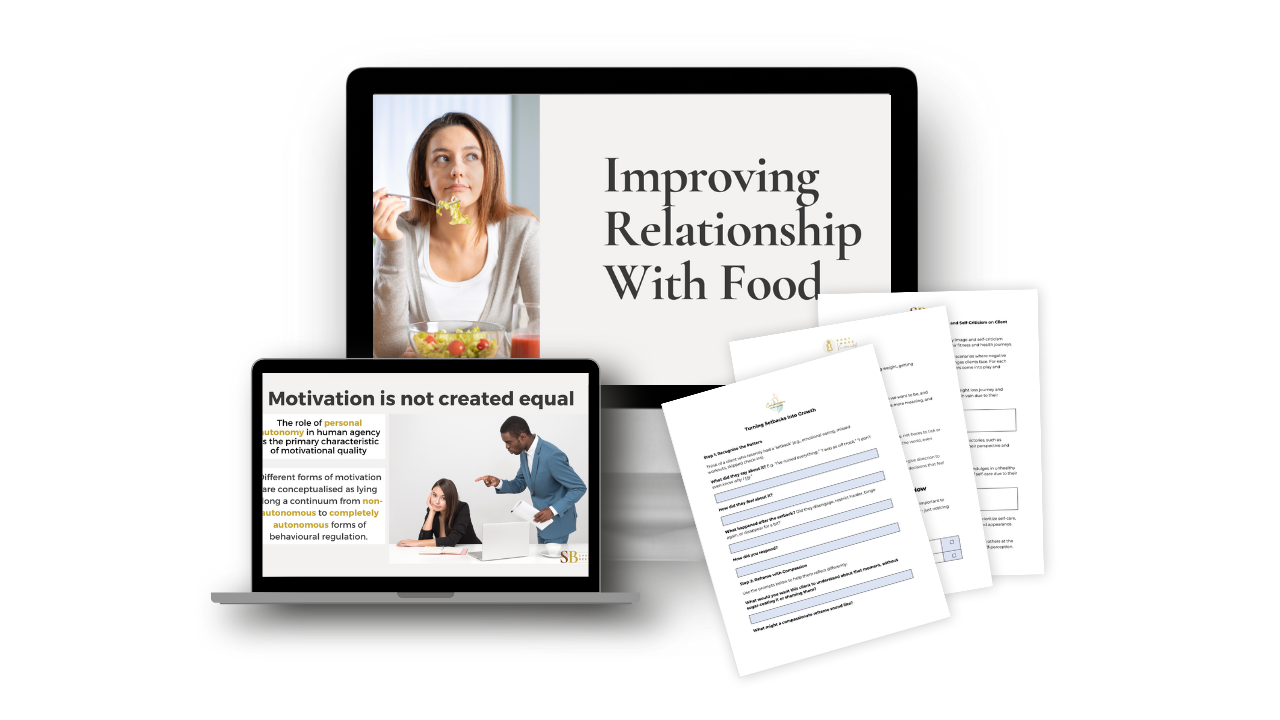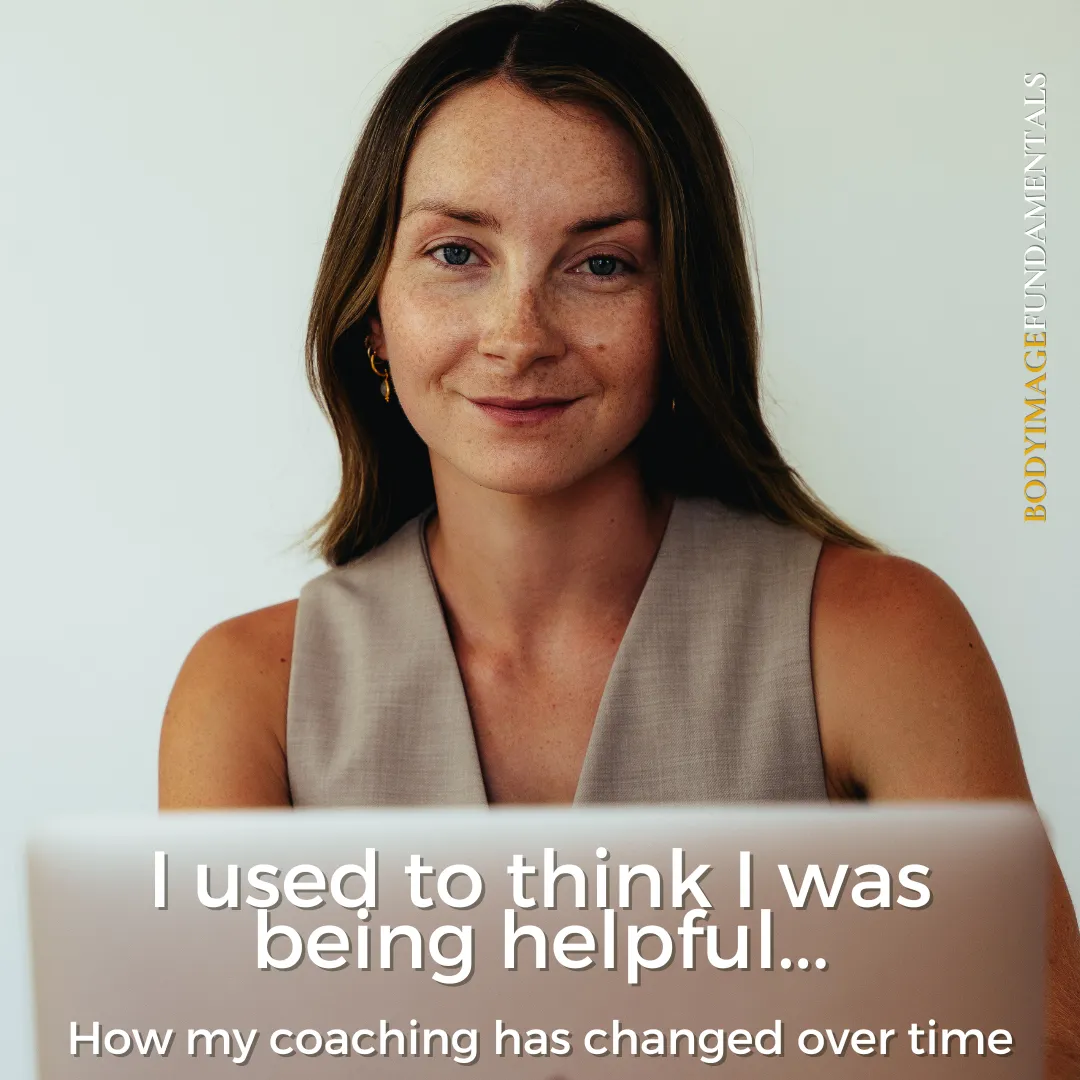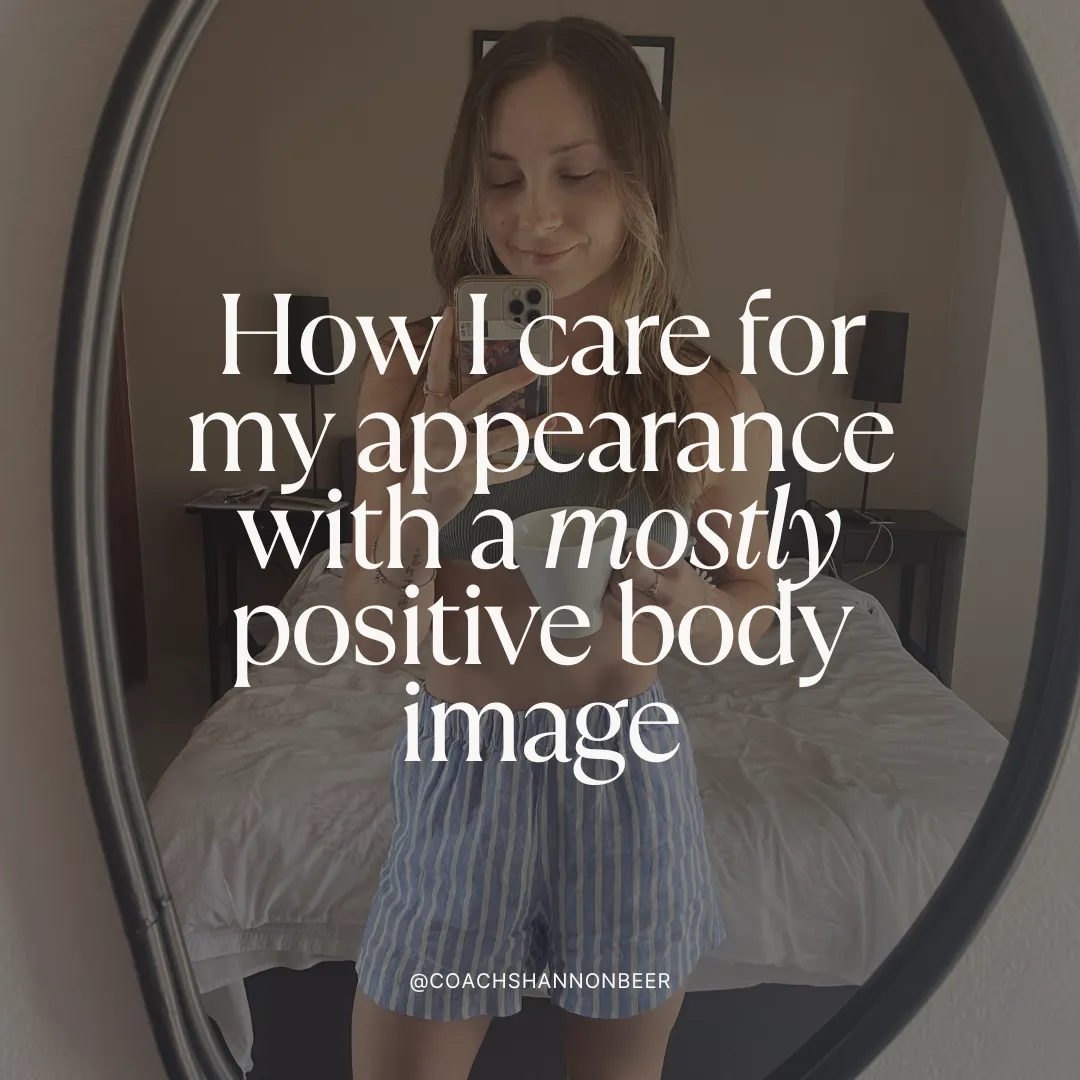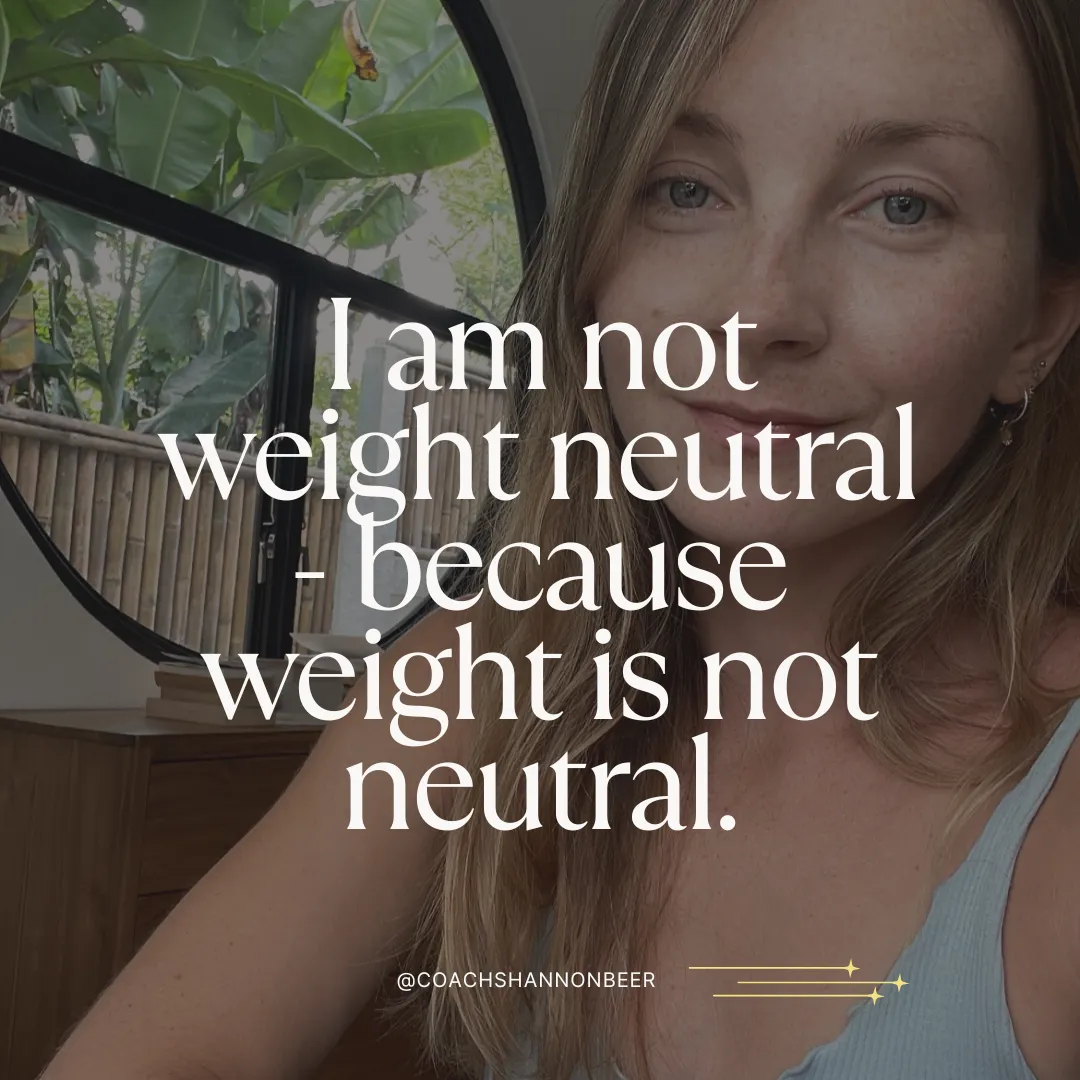How To Deal With Negative Thoughts
Jul 13, 2022
Wouldn’t it be nice if we all had happy thoughts all of the time? It would certainly make life much easier.
The fact is, negative thoughts are common and to some extent, they can be quite helpful.
Oftentimes, however, we can get a bit too caught up in our negative thought patterns. Not only does this make us feel bad, but it can draw us further away from doing the things that are important to us.
Our minds can be our worst enemies if we let them, or our biggest allies if we take charge. Learning to recognise when our negative thoughts aren’t helpful is the first step to improving your mindset.
We can learn to restructure these thoughts so that we stop holding ourselves back and keep moving towards our goals.
Thoughts Influence Behaviour
According to the Cognitive Behavioural Therapy (CBT) model, our thoughts can often determine how we behave. Sometimes we‘re not even aware of the link between our thoughts, feelings and behaviours.

As much as we’d love to believe otherwise, sometimes our thoughts don’t make a lot of sense. We’re not always entirely rational. Our thoughts don’t always reflect reality, yet we often treat them that way.
Cognitive Distortions
-
All-or-Nothing Thinking: You see things only in two categories - good or bad, with nothing in between. ‘Chocolate is bad for you, so I mustn’t eat it’.
-
Emotional reasoning: You believe something must be true because it “feels” true. ‘I feel fat today, I need to lose weight.’
-
Overgeneralization: You draw a general conclusion on the basis of a small amount of evidence. ‘I struggled to stick to my diet today, therefore I must be a total failure’.
-
Selective Abstraction: You pay attention only to the negative aspects of situations instead of considering the entire experience. ‘My weight on the scales didn’t change much this week, therefore my entire progress is ruined’.
-
Mind reading: You are sure you know what others are thinking. ‘Everyone at the gym is laughing at how weak I am’.
-
Catastrophizing: Seeing only the worst possible outcomes of a situation. ‘
-
“Should” Statements: The belief that things should be a certain way. ‘I should be tracking my macros if I want to get results’.
It’s easy to see how these thought processes might get in the way of achieving our goals. We could be making great progress yet when we experience a negative thought, not only does this make us feel bad, but then we behave in self-defeating ways. The good news is that we can learn to restructure these thoughts so that they don’t hold us back.
Dispute Your Beliefs
One way we can do this is by disputing your unhelpful thoughts.

[2]
The sequence goes as follows:
-
Activating Event - “Something happens.”
-
Belief – “I tell myself something.”
-
Consequence – “I feel something.”
When challenging our thoughts, we can jump in to:
-
Dispute - ‘Is there an alternative way of thinking here?’
-
Effective new belief - ‘I will act according to this new belief’
Imagine that you have overeaten one day and you feel like you’ve blown your diet.
Activating Event: I had a stressful day and needed a pick me up. I ate way more chocolate than I intended to and now I feel crap.
Belief: I have totally ruined my diet. I’ll never achieve my goals.
Consequence: Keep eating the chocolate since I’ve ruined it anyway. Promise to diet again on Monday.
Dispute: Have I really ruined my diet? Maybe tonight was not ideal but I’ve still had a pretty good week overall. I guess I’m just struggling to manage my stress and that’s okay. Maybe I can learn how to handle things in a different way so that I can keep moving closer to where I want to be.
Effective New Belief: I’m still making good progress and I can learn from this. Maybe I can find a different outlet for stress.
By changing our beliefs, we can learn to act in ways that are more conducive to our goals.
The exact same thought patterns mentioned above can also apply to the way we think about ourselves and our bodies (our cognitive body image) [3]. We often think that in order to feel better about ourselves, we need to change how we look. Yet changing how we look doesn’t necessarily change how we feel. How you feel about your looks is greatly influenced by your thoughts and beliefs. Changing how we think about ourselves can make a big difference.
-
Dichotomous thinking: Thinking about your appearance in the extremes. Many people think about their weight in this way: “Either I’m at a perfect weight or I’m fat.”
-
Unfair-to-Compare: Pitting your appearance against some unrealistic or extreme standard. When you compare yourself with these standards, you feel like you don’t match up.
-
Selective Attention: Focusing on an aspect of your appearance that you dislike and ignoring the parts of yourself that you do like.
-
Scapegoating: Believing that some disliked physical attribute is directly responsible for certain disappointments and difficulties that you experience.
-
Projection: Putting our own beliefs or thoughts into the minds of others, e.g. If I think I look bad, others must think I look bad too.
-
Fortune Telling: Predictions about how your appearance will affect your future, e.g. People at the gym will stare at me and laugh.
-
Prohibitive Thinking: Telling yourself you can’t do certain things because of your looks, e.g. ‘Until I lose 4kgs, I can’t go to the gym’.
-
Emotional Reasoning: Reasoning based purely on feeling. You start with a strong emotion that you need to justify. You end up with a faulty conclusion that justifies and may even strengthen the emotion.
The first step is to notice when you are thinking in this way. Next time one of these thoughts crop up, be sure to examine it more closely before accepting it as truth.
-
To address dichotomous thinking, try seeing things on a continuum. Remind yourself that not being a 10/10 all of the time doesn’t necessarily make you a 1. Remind yourself that nobody is perfect and we all have parts of ourselves that we prefer over others.
-
Notice when you’re using absolutive language such as ‘should’, ‘must’ and ‘ought’. Try replacing those words with less demanding language. Instead of saying, ‘I should be better looking, taller, thinner, or ... ,’ try framing it differently, ‘It might be nice if I lost a few pounds, but I can still feel pretty good the way I am’.
-
Remind yourself that the reality is that everybody is better-looking than somebody else, and everybody is less attractive than somebody else.
-
If you often compare yourself to others, recognise that your view of someone else doesn’t have to be a criticism of you. The fact that you like the way a person looks has nothing to do with how you look.
-
Remind yourself that your opinion is the only one that matters. You can’t control what others think of you but you can take charge over the way you think about yourself.
Examining The Evidence
One last useful trick is to examine your thoughts in closer detail. Many of these negative thought patterns stem from our tendency to think the worst. We believe things to be true despite having any real evidence to make us think that way. Maybe you’re feeling nervous about going to the gym because you think people might be watching you work out. We might believe that others are making judgements about us, but this is usually rooted in our own anxieties rather than anything that someone else has actually done or said.
If you’re worried about what someone else may think, ask yourself:
-
What is the evidence for this thought? Against it?
-
Am I basing this thought on facts, or on feelings?
-
Is this thought black and white, when reality is more complicated?
-
Could I be misinterpreting the evidence? Am I making any assumptions?
-
Might other people have different interpretations of this same situation? What are they?
-
Am I looking at all the evidence, or just what supports my thought?
-
Could my thought be an exaggeration of what’s true?
-
Am I having this thought out of habit, or do the facts support it?
-
Did someone pass this thought / belief to me? If so, are they a reliable source?
-
Is my thought a likely scenario, or is it the worst case scenario?
By going through this process, we might notice how we tend to assume the worst without really having any evidence to do so.
Put Your Thoughts To The Test
With all that said, challenging our thoughts might not be enough to truly change how we feel. On an intellectual level, you might understand that there is more to life than how you look but find it difficult to let go of those worries and concerns. To truly change how you feel, it's important to change your behaviours too, not just your thoughts [4].

[1] Retrieved from: https://www.therapistaid.com/therapy-worksheet/simple-cbt-model. Accessed on 10/12.
[2] Retrieved from: https://positivepsychology.com/albert-ellis-abc-model-rebt-cbt/. Accessed on 10/12.
[3] Cash, T. F. (2008) The Body Image Workbook: An Eight-Step Program for Learning to Like Your Looks (2nd ed). New Harbinger Publications.
[4] Bennett-Levy, James. (2003). Mechanisms Of Change In Cognitive Therapy: The Case Of Automatic Thought Records And Behavioural Experiments. Behavioural and Cognitive Psychotherapy. 31. 261-277. 10.1017/S1352465803003035.

Stuck In All Or Nothing Mode?
Your mind isn’t broken; it’s just running on autopilot.
Take the free Emotion System Audit and learn what's driving your patterns - and what to do when you feel overwhelmed or out of control.









